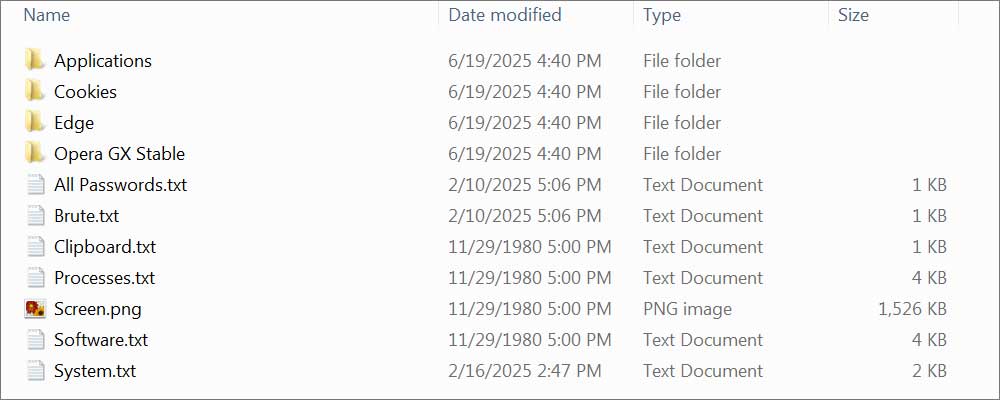Global Alert: 16 Billion Login Credentials Leaked in Record-Shattering Data Breach
In an unprecedented cyber catastrophe, 16 billion usernames and passwords have been leaked online, marking what experts are calling the largest data breach in internet history. Discovered in mid-2025, this massive breach puts accounts on platforms like Facebook, Google, Apple, Telegram, GitHub, and even government and banking portals at serious risk.
This story, based on unique Cybernews findings and originally published on June 18, continues to be updated as more information comes to light. The latest version includes statements from Cybernews researcher Aras Nazarovas and security analyst Bob Diachenko, who were among the first to uncover this breach. We’ve also included verified screenshots to substantiate the leak.
This isn’t just a leak; it’s a weaponized dataset. Whether you’re based in the US, UK, Canada, india or anywhere else in the world, your online identity could be compromised. Here’s what happened — and what you need to do about it.
What Is the 16 Billion Password Breach?
Cybersecurity experts uncovered 30 structured datasets, each containing millions to 3.5 billion login credentials. These credentials were stolen using infostealer malware — malicious software that infiltrates devices to harvest usernames and passwords.
These types of malware impact both Windows and Macs, and when executed, will gather all the credentials it can find stored on a device and save them in what is called a “log.”
An infostealer log is generally an archive containing numerous text files and other stolen data. The text files contain lists of credentials stolen from browsers, files, and other applications.

Credit By: BleepingComputer
1. The exposed data includes:
- Full URLs (e.g., facebook.com, apple.com).
- Usernames or email addresses.
- Passwords in plain text.
While one dataset with 184 million records had been leaked earlier, the rest of the data is fresh and never-before-seen, making it a goldmine for cybercriminals.
2. Why You Should Be Deeply Concerned
The 16 billion data breach isn’t just a tech headline it’s a global emergency. Here’s why:
- Massive Exposure: With 16 billion credentials leaked, there’s a high chance your info is out there.
- Password Reuse – Danger: Using the same password across sites? Hackers can access everything.
- Phishing Tsunami: Expect fake Google, Apple, or bank emails designed to trick you.
- Business Threats: Companies face ransomware, financial theft, and customer data leaks.
- Dark Web Circulation: Although taken down, the data may still be spreading underground.
3. How Did It Happen?
The breach stems from infostealer malware that infects devices via:
- Malicious downloads (pirated apps, cracked software).
- Phishing emails with fake attachments.
- Unsafe websites.
Once installed, the malware secretly collects every credential typed into your browser — and compiles it into data packages hackers can exploit.
1. 5 Critical Steps to Secure Your Accounts:
Change Your Passwords Immediately
- Use strong, unique passwords (12+ characters).
- Avoid using the same password on multiple sites.
- Don’t include birthdays, names, or simple words.
- Enable Two-Factor Authentication (2FA).
- Activate on Gmail, Facebook, Instagram, Apple, banks, and fintech apps.
Use Google Authenticator, Microsoft Authenticator, or built-in iOS tools.
2. Use a Password Manager:
Tools like 1Password, Dashlane, or Apple Keychain generate & store passwords securely. Saves time and improves safety.
- Check If You’ve Been Pwned Visit pwned Enter your email and see if your data is in a known breach, Watch for Phishing Attacks.
- Don’t click random links or email attachments.
- Verify sender info carefully.
3. For Business Owners & Teams:
If you run a company, the stakes are even higher:
- Monitor for leaked employee/customer emails.
- Train teams on cyber hygiene and phishing defense.
- Patch all systems and apps regularly.
- Back up critical data.
- Consider a zero-trust security model.
Also Check Out 👇👇
4. Act Now. Secure Your Future.
Share this article. Alert 🆘your friends and teams. The threat is real, but proactive defense is your best protection.









